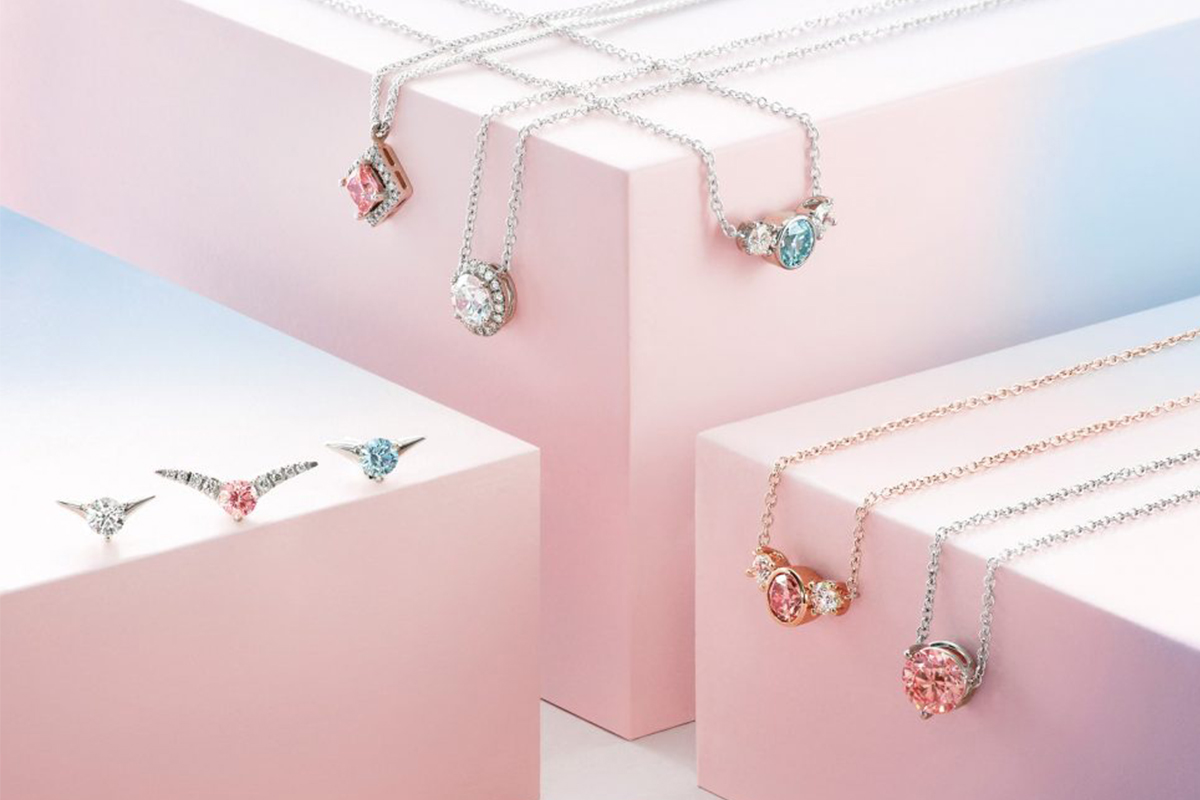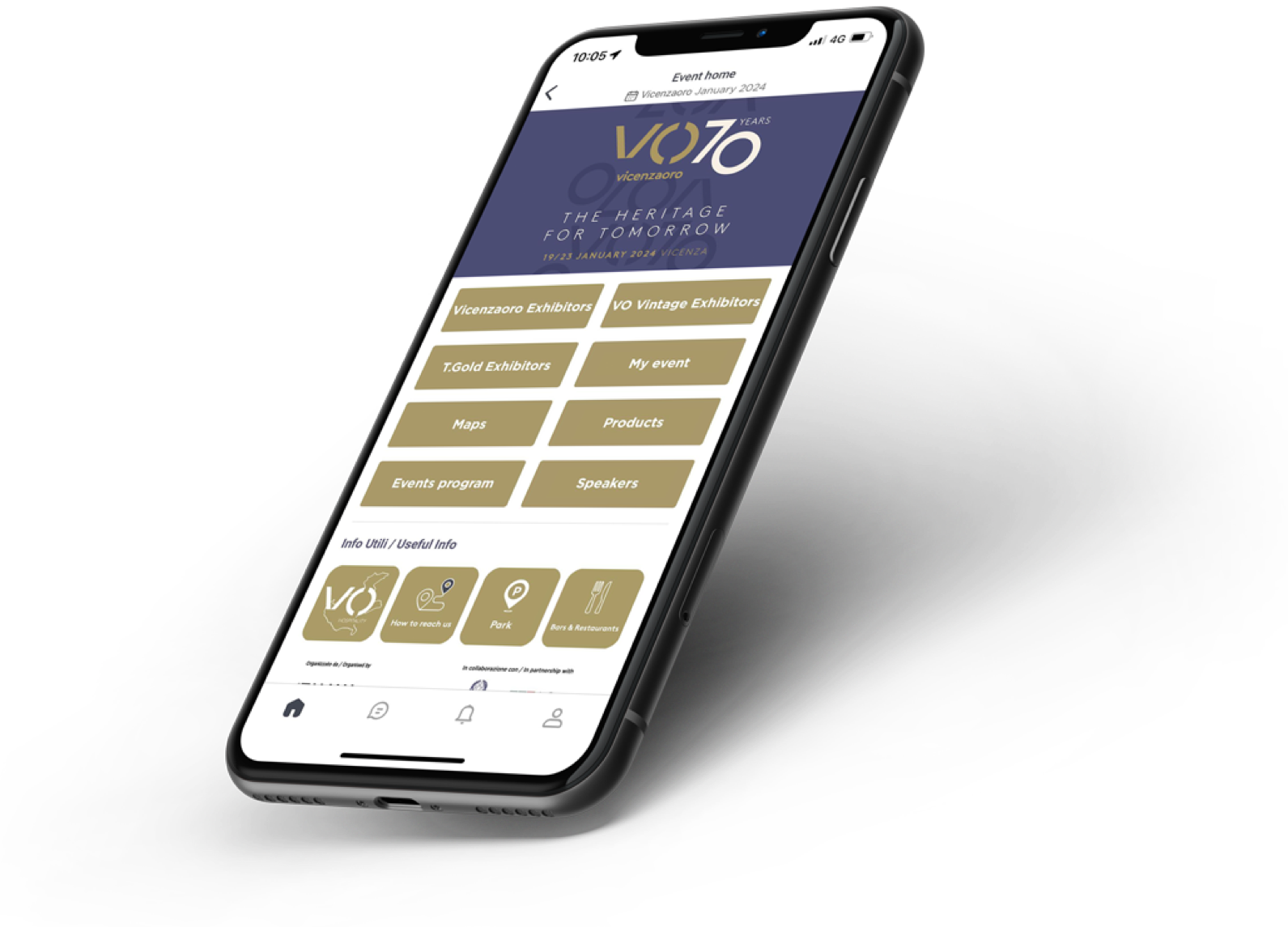The new world of synthetic diamonds

The diamonds created in the laboratory today represent an expanding sector in the trade of jewelry diamonds, alongside the natural ones and attract consumers. It is estimated a significant growth in turnover, after the initial skepticism of sector operators and consumers.
From the chemical point of view, the "manufactured" diamond is equivalent to the extracted one: inserted in the diamond market and defined as "sustainable" by brands like Swarovski, laboratory diamonds see, for example, a historical brand like De Beers present Lightbox, line of jewelry diamonds created in the laboratory and placed at more affordable prices.
There is no shortage of controversies, centered on fears for the presence of gems produced in the laboratory not declared within lots of natural melee in distribution, as recently reported by Harry Levy, Director of the World Federation of Diamond Bourses (WFDB). The natural diamond market will be put to the test by the difficulty of finding new supplies and the simultaneous growth in demand.
And what about colored stones? Major trends will lead to increased demand for laboratory colored diamond jewelry, available at affordable prices, while the rarest natural colored diamonds will be considered a luxury investment.
From the consumer's point of view, digital culture now enables us to learn more about the world of diamonds and helps to create a new approach. In fact, before buying, consumers are informed, searching online and asking for advice on social media.
Finally, new technological discoveries will have a significant impact on diamond production, jewelry design and consumer tastes






